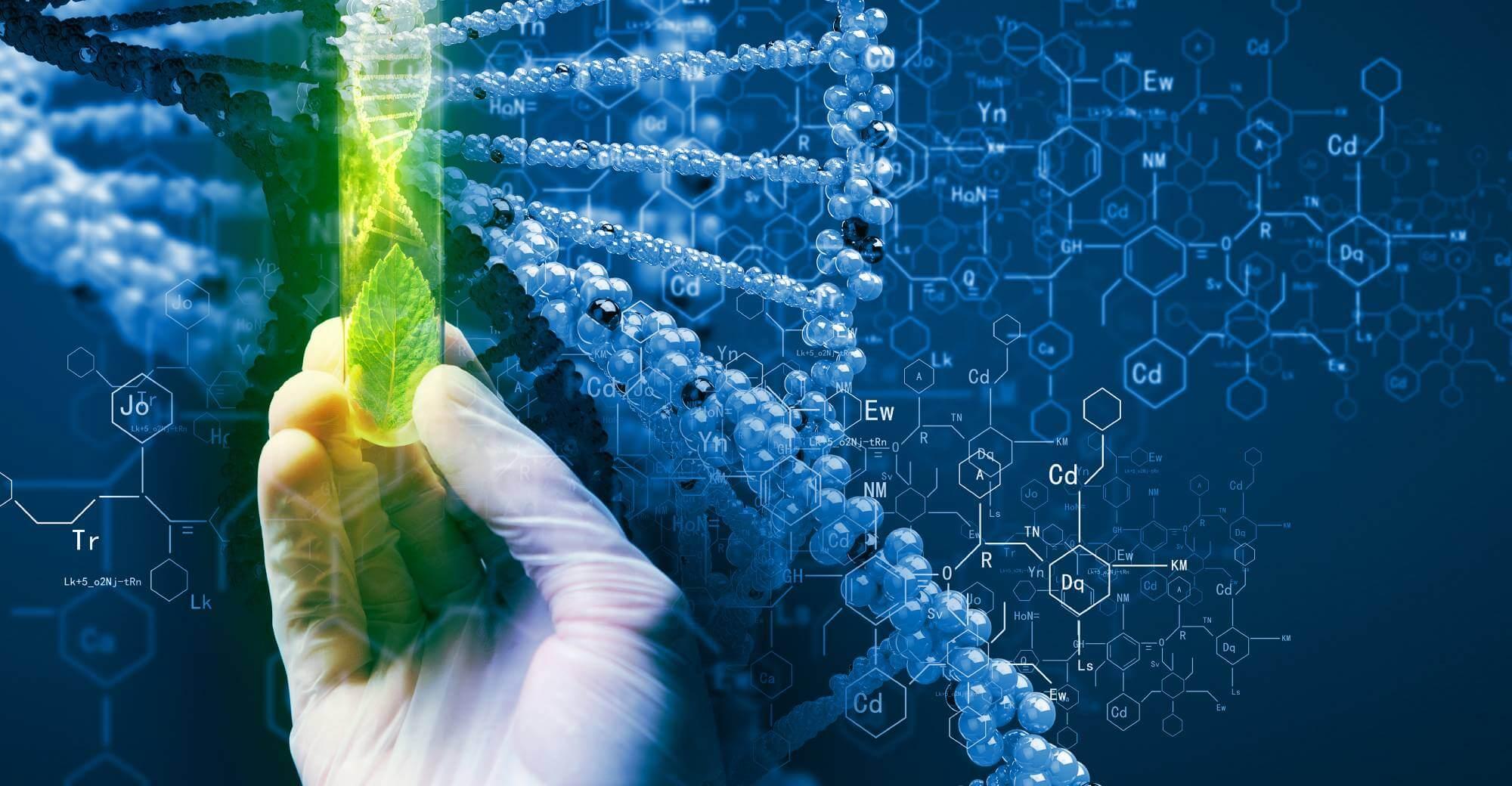Red biotechnology uses biologics and other methods to treat or prevent disease and improve human health through techniques like DNA manipulation and targeted drug delivery. It involves the application of biotechnology in medical therapy like pharmaceutical drugs, vaccines, gene therapy and monoclonal antibodies. Therapeutics areas of red biotechnology include hematology, oncology, cardiovascular, neurology, infectious diseases, and many more. The global Red Biotechnology Market is estimated to be valued at US$742.8 Bn in 2023 and is expected to exhibit a CAGR of 5.9% over the forecast period 2023 to 2030, as highlighted in a new report published by Coherent Market Insights.
Market Dynamics:
Rising demand for healthcare needs is one of the key drivers expected to boost growth of the red biotechnology market over the forecast period. Growing prevalence of chronic diseases like cancer, diabetes, cardiovascular disorders etc. has generated increased requirement for development of novel drugs and therapeutics for efficient disease management. According to World Health Organization (WHO), chronic diseases accounted for approximately 60% of the total reported deaths in the world in 2020. Furthermore, growing geriatric population who are more prone to developing chronic health conditions will also foster market value of red biotechnology. As per United Nations report, worldwide share of population aged over 60 years will nearly double from 12% to 22% between 2015 and 2050. Apart from this, ongoing research and development activities to develop advanced targeted therapies will continue driving growth of red biotechnology market.
SWOT Analysis
Strength: Red biotechnology market has strong potential for growth due to rising demand for biologics and biosimilars. Government support for R&D in red biotechnology sectors will drive innovation. Significant investments made by key players for development of novel therapies will expand product pipeline.
Weakness: High costs associated with R&D, clinical trials and production of biologics limits market access. Stringent regulations for approvals delay market entry of new products. Requirement of specialized infrastructure and skilled workforce increases operational expenses.
Opportunity: Increasing prevalence of chronic diseases worldwide generates need for therapeutic molecules. Approvals for late stage pipeline drugs will open new revenue streams. Emerging economies offer lower production costs and present growth avenues. Collaborations between industry and academia can boost research.
Threats: Expiry of patents exposes leading brands to generic competition eroding profits. Slow regulatory approvals along with compliance issues can disrupt supplies. Trade barriers and price controls affect availability and affordability of products. Dependence on biological raw materials exposes to supply chain risks.
Key Takeaways
The global Red Biotechnology Market Growth is expected to witness high growth.
Regional analysis: North America currently dominates owing to strong biopharmaceutical industry and availability of advanced healthcare facilities. However, Asia Pacific is expected emerge as the fastest growing market due to expanding patient pool, increasing healthcare spending and improving research infrastructure in countries like China and India.
Key players operating in the red biotechnology market are Kameda Seika Co., Ltd., Bourbon Corporation, Calbee, Inc., Glico Group, Ito En, Ltd., Yamazaki Baking Co., Ltd., Iwatsuka Confectionery Co., Ltd., Tanawachi Co., Ltd., Morinaga & Co., Ltd., Kobayashi Pharmaceutical Co., Ltd. Market leaders are focusing on new product launches, acquisitions and collaborations to consolidate their position. For instance, in 2022 Calbee acquired majority stake in Anthropic to strengthen AI capabilities and drive digital transformation.
For more insights, read- https://dailynewsmotion.weebly.com/report-blog/red-biotechnology-market-is-estimated-to-witness-high-growth-owing-to-rising-demand-for-healthcare-needs
